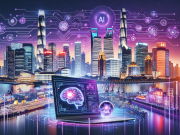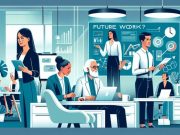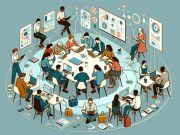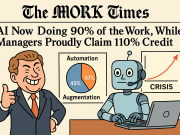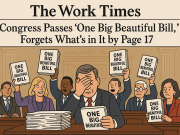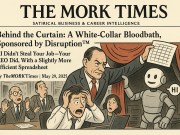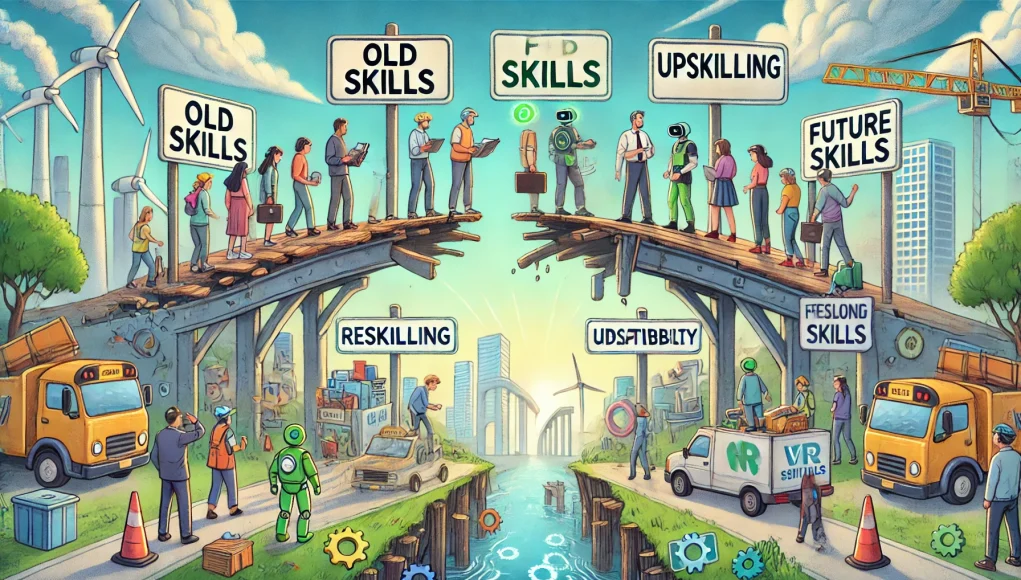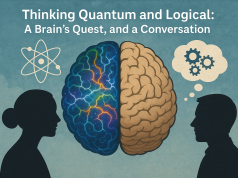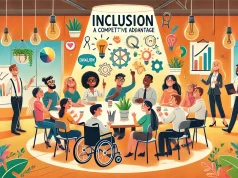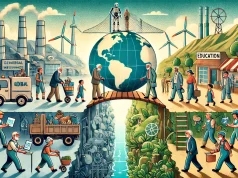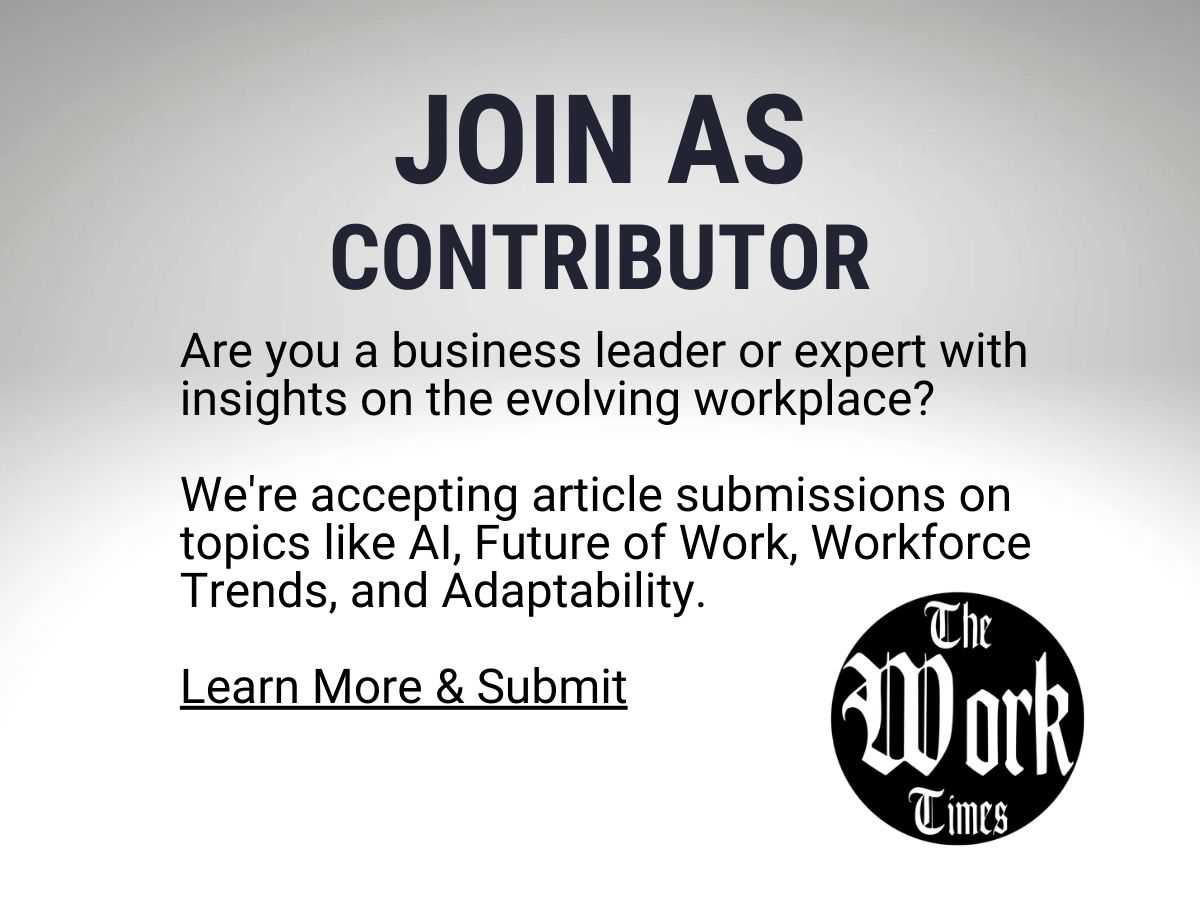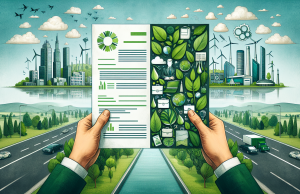In the fast-evolving world of work, the only constant is change—and nowhere is this more evident than in the instability of skills. By 2030, nearly 40% of today’s core skills are expected to change, reflecting the shifting demands of technology, business models, and global priorities.
This isn’t a gradual evolution; it’s a seismic shift. The rise of automation, AI, and globalization has shortened the shelf life of many skills, while amplifying the demand for others like critical thinking, resilience, and technological fluency. For workers, this creates an urgent imperative: adapt or risk obsolescence. For organizations, the stakes are even higher—without a workforce equipped for the future, competitiveness and innovation hang in the balance.
But amidst this challenge lies an opportunity: to reimagine how we approach education, training, and lifelong learning. The question is, will we seize it?
The Rapid Decline of Core Skills
Historically, skills evolved slowly, allowing workers and organizations to adapt over decades. Today, that timeline has collapsed. The Fourth Industrial Revolution has rendered some skills—like manual dexterity and rote problem-solving—obsolete, while rapidly increasing demand for others like data literacy, digital collaboration, and creativity.
Take, for instance, the retail sector. Traditional skills like cash handling have been replaced by the need to manage e-commerce platforms or analyze customer data. Similarly, in manufacturing, the focus has shifted from operating machinery to programming and maintaining advanced robotics.
The pace of change is relentless, leaving many workers scrambling to catch up. The result? A growing skills gap that threatens productivity, innovation, and economic stability.
The Costs of Inaction
The consequences of ignoring skills instability are stark:
- For Workers: Job displacement and economic insecurity. A lack of reskilling opportunities often leaves workers trapped in declining industries, unable to transition to growing ones.
- For Businesses: Talent shortages and declining competitiveness. Organizations unable to find or train skilled workers risk falling behind their more agile competitors.
- For Societies: Widening inequality and social unrest. Those with access to education and resources thrive, while others are left behind, deepening societal divides.
Consider this alarming statistic: By 2030, the global economy could face a shortage of 85 million skilled workers, translating to $8.5 trillion in unrealized annual revenue.
A Call for Lifelong Learning
The solution isn’t a one-time training program or an overhaul of school curricula—it’s a paradigm shift toward lifelong learning. In a world where skills are continuously evolving, education can no longer end at graduation. Workers must learn to learn, embracing adaptability and curiosity as core competencies.
For Workers:
- Mindset Shift: Viewing change as an opportunity, not a threat. Workers who cultivate a growth mindset are better equipped to navigate uncertainty and take advantage of emerging opportunities.
- Proactive Upskilling: Seeking out resources, online courses, and certifications to stay ahead of industry trends.
For Organizations:
- Integrated Training Ecosystems: Companies must embed learning into their daily operations, offering on-the-job training and pathways for growth. Programs like tuition reimbursement, microlearning platforms, and mentorship schemes can drive engagement and retention.
- Skill Forecasting: Using data to predict future skills needs and aligning training efforts accordingly.
For Governments:
- Public-Private Partnerships: Collaborative initiatives between governments, industries, and educational institutions can create scalable and inclusive training programs.
- Incentives for Reskilling: Subsidies or tax credits for companies investing in employee development can accelerate widespread adoption.
The Role of Emerging Technologies
Ironically, the same technologies driving skills instability can also help address it. AI and machine learning, for instance, can personalize learning experiences, identifying individual skill gaps and recommending targeted training. Similarly, AR and VR can provide immersive, hands-on training for complex skills, from surgery to engineering.
However, technology isn’t a silver bullet. It must be paired with thoughtful strategy and a human-centered approach to ensure accessibility and relevance.
A Broader Perspective: Beyond Technical Skills
While much of the conversation around skills instability focuses on technical competencies, the rise of automation has underscored the importance of distinctly human attributes—creativity, empathy, critical thinking, and leadership.
In a world where machines handle the mundane, these skills become the differentiators. The challenge is that they are often harder to teach and quantify, requiring innovative approaches that go beyond traditional training. Experiential learning, storytelling, and real-world problem-solving will be essential to cultivating these traits.
The Ethical Dimension
Skills instability isn’t just an economic issue—it’s a moral one. If we fail to act, we risk leaving entire populations behind, deepening inequality, and exacerbating social tensions. Leaders have a responsibility to create pathways for everyone, not just the privileged few, to thrive in this new era of work.
This requires systemic changes:
- Universal access to quality education and training.
- Support systems for workers transitioning out of declining industries.
- A commitment to inclusivity, ensuring that marginalized groups are not overlooked in the reskilling revolution.
A Future Worth Building
Skills instability is not a challenge to fear—it’s an opportunity to build a workforce that is more dynamic, creative, and resilient than ever before. But achieving this requires bold action from every stakeholder: workers embracing lifelong learning, organizations investing in their people, and governments creating the frameworks for success.
The future of work will not wait for us to catch up. It’s up to us to embrace the urgency of now, reimagine how we learn, and create a world where no one is left behind in the pursuit of progress.
Let’s not simply react to the changes ahead—let’s lead them.


